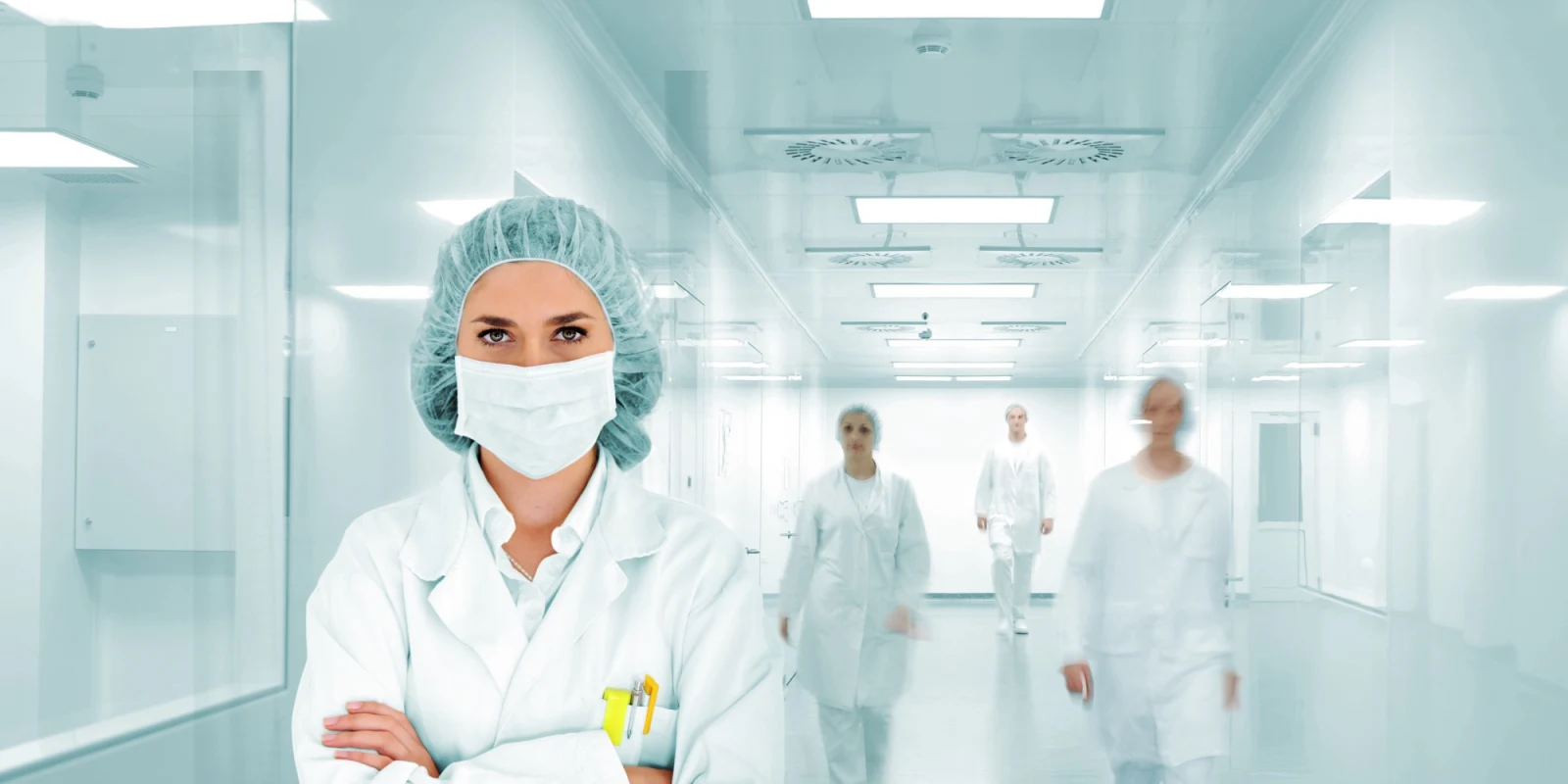
Valuable technological advances often take far too long to be widely accepted and implemented. In medicine this so-called discovery-implementation gap typically includes years of ridicule and criticism before the drum beat is loud enough, and the discovery is finally adopted and applauded.
The latest example is migraine surgery, serendipitously discovered in 2000 when plastic surgeon Dr. Bahman Guyuron examined two post-operative browlift patients, who both reported that their previously debilitating migraines had been miraculously relieved. This prompted Dr. Guyuron to do a retrospective study, finding that 79.5% of browlift patients who had pre-operative migraines reported significant headache relief or elimination post-operatively.
Certain peripheral nerves, decompressed during the browlift dissection, are theorized to serve as sensory “trigger sites” for migraines. In some patients, these trigger sites instigate a domino effect, ultimately setting off a headache. Decompression of these nerves can thus reduce or eliminate migraine headaches. Exactly why these nerves are particularly sensitive in some patients is still largely unknown, but is likely due to a combination of abnormal nerve fiber sensitivity and perineural anatomical variation.
A robust body of literature has flourished since this initial study, describing a discrete set of nerves that can serve as migraine trigger sites, as well as the immense benefits in surgically treating these nerves in appropriate patients. This data is arguably some of the strongest in the surgical world, containing a single-blinded, randomized-controlled study that includes sham surgery, a strong level of science in evidence-based research. Blinded, placebo-controlled studies are virtually unheard of in the surgical literature, given the complicated logistics of performing sham surgeries as required controls for the real ones.
At its annual meeting this past weekend, the American Society of Plastic Surgeons (ASPS) had a dedicated day-long migraine surgery symposium. Thought leaders, including Dr. Guyuron, gave a series of talks addressing the nuances of the clinical, procedural, and practical elements of migraine surgery. Important developments, including the expanded use of nerve blocks as well as a greater role of previously named “minor” trigger nerves, were discussed.
Perhaps most importantly, this symposium demonstrated that the maturity and coalescence of the migraine surgery knowledge base is finally leading to a much-needed formalization of the field. Dr. Jeffrey Janis, who directed the course, and who serves as President of ASPS and Principal Investigator of an IRB-approved prospective multicenter trial on migraine surgery, described the coordinated efforts of ASPS and the Migraine Surgery Council to help advocate for patients who may be eligible for this type of treatment. Besides adding long-overdue legitimacy to this field, such a coordinated effort will enable formal consensus statements regarding the evidence-based practice of migraine surgery. This will permit a thoughtful, data-driven response to statements from other societies that have historically advised against the adoption of surgery for this disease.
This meeting clarified that, over the next several years, science will continue to advance, as will the advocacy effort to support this treatment. This is a welcome development for the over 12% of Americans who struggle with the disease, its current suboptimal treatment protocol, and its devastating impact on quality-of-life.







